I spent the past four days with Fernanda and Mario in their beautiful house in the countryside of Marche, nearest the tiny village of MonSamPolo, not far from the coastal city of San Benedetto del Tronti. They are incredibly generous hosts, in addition to being very enthusiastic conversationalists, avid Nowtopians, and protagonists of the “Happy Degrowth” movement here. After all the busy days prior to this stop, it felt like a writers’ retreat, or an oasis, a place of true rest and hospitality (not to say everyone prior to this wasn’t also wonderfully hospitable, but I had to keep moving the whole time, so I was growing more and more tired as the days went by).
I had met Fernanda via Skype a year ago when they interviewed me online, and I’d seen photos of Mario. Also meeting me at the station was Paolo M., whom I’d met briefly in Siena. He loaned me his bike and we took a great ride on Wednesday, but I’ll get to that in a bit. Sometimes you meet people with whom you share an automatic affinity, and for me and Mario and Fernanda it is like that. We just enjoyed each other’s company enormously!
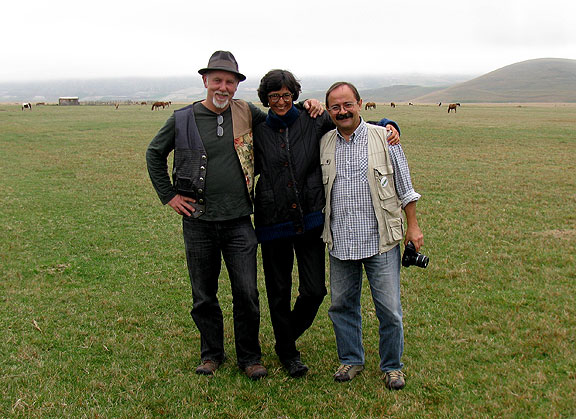
Me and Fernanda and Mario on the last day of my visit, in a wild glacial valley in the Appenine mountains.
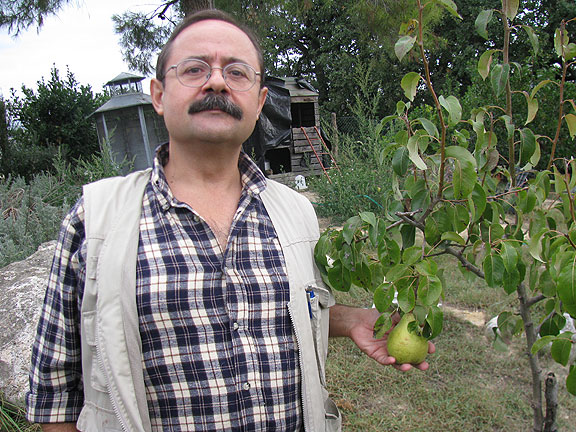
Mario, posing as a proper farmer with his elegant pear, though he is actually quite an avid pear poacher from any roadside orchard he comes upon!
Fernanda is an incredible live-wire, always laughing and telling stories or bringing an unyielding earnestness to her thoughts and inquiries. Rather tall, she doesn’t sit still for long, with an ebullience that is totally endearing. She’s originally Portuguese, and spent her childhood in Mozambique where her father lived for 50 years before choosing Portuguese citizenship when the revolution decolonized the country. She has a lot of experience in EU-funded projects, lived in Belgium for some years, and has a son in Lisbon. Mario has a charming daughter, Francesca (or Kika as she’s known) by another woman who lives nearby, and he’s a dentist when he’s not tending his horse, his garden, shooting video, working on his amazing home, or agitating with friends against the privatization of water in Italy, for a degrowth agenda, etc. Unlike Francesca he’s not quite so frenzied, always relaxed, curious, with a huge heart and a sweet warmth. He and Fernanda also maintain a close relationship with a community in Guinea-Bissau whom they visit every year, and will be helping at the Slow Food Terra Madre Congress later this month in Turin.
The capital of this region is Ascoli Piceno, which apparently was once considered as a candidate to be what became Rome, but lost out and remained a fairly small city. It’s on the Via Salaria, or “Salt Way,” the road by which salt was delivered from the Adriatic Sea to Rome. Fernanda and Mario live on a small hill beneath the aforementioned village, about 20 minutes by car from Ascoli Piceno.
We went to see the town on the first morning as the rain hit, following me down from the northern regions where it pelted the trains I rode all day on Monday. Indicative of the kind of charming good will Fernanda is able to manufacture by dint of personality, we were leaving the parking garage without umbrellas in a downpour, and she thought, “why not ask the attendants if they can lend us an umbrella for a couple of hours?” Mario and I both thought it unlikely and perhaps not worth the effort, but she was not to be denied. And lo and behold, the guys in the booth said sure, wait a sec, and went into their storage area where they had a whole box of tiny cheapo folding umbrellas left over from some convention or another. They gladly gave us two of them and off we went laughing, tickled by the combination of serendipity and openness that had solved our problem. The rains relented pretty quickly but left the piazzas with a mirror-like surface reflecting the ancient stone buildings. We wandered among the old narrow alleys and eventually made our way to the 2000-year-old Roman bridge, still in use, but we skirted it and stayed on the walls above.
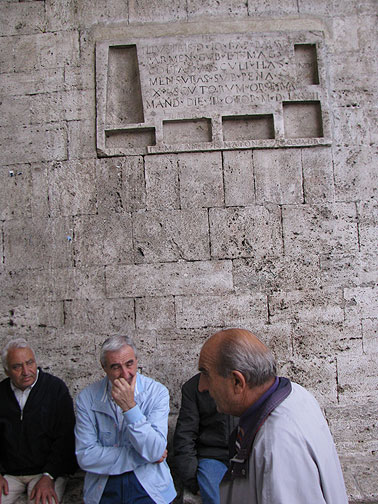
These men were sitting out of the rain under an old arch, and above them was the original place for locals to check the size that bricks that they were buying in the nearby market were of proper standard size.
After our tour of the town it was time to head to the Aurora cooperative winery for lunch. It’s actually an anarchist community though I didn’t get too far into politics with anyone while we were there. As Fernanda lamented later, it was a case where we should’ve been more deliberate about focusing a conversation, but since we didn’t, everyone just stuck to their familiar topics and friends in smaller clusters and there was never a shared discussion around the big table. We did have a lot of great food and some of their really spectacular wines. They make several reds and a white that I liked a lot too from the Pecorino grapes.
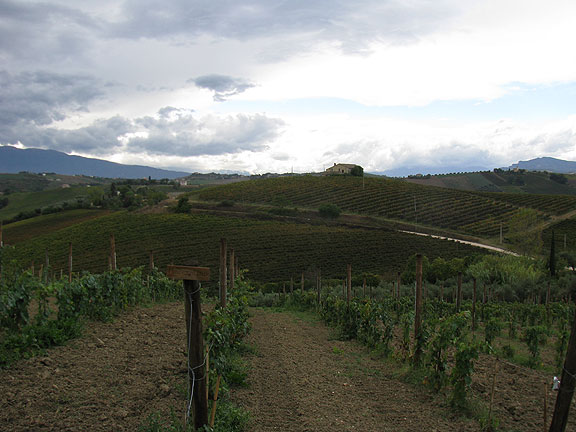
These are their experimental plantings of different varietals to see what else they might grow on their farm.
On the way home we cruised through the countryside near their home, seeing a half dozen sprawling installations of solar photovoltaics, which Mario explained was a classic greenwashing disaster in the making. Covering excellent south-facing slopes, and in one case buried in a shaded canyon, these installations are being driven by speculators who are cashing in on some combination of European subsidies for solar, and Italian incentives to make farms net energy producers. The panels being installed are very obsolete though, and while they might produce some electricity, they are far from state of the art. And the solar electricity is being produced at the expense of permanently wrecking some of the world’s finest agricultural lands. Massive application of herbicides turns the land beneath the solar panels into a desert, while the cement fittings and long-term neglect of the soil will be hard to remedy later. The speculators try to sell their schemes to elderly farmers, insisting that they needn’t worry about the long-term effects on the land since “they won’t be around to see it anyway.” Supposedly the European law that requires the price of disposal to be included in the original purchase price of a commodity will assure the removal of the panels when they’ve reached their lifespan.
We hit a cheese farmer for some fresh ricotta and I snagged a fresh dry pecorino wheel too.
Later that night a big feast was prepared for twenty, all coming to have a friendly discussion about Nowtopia and Descrescita Felice. Roberto Mancini is a local intellectual who Mario was very excited to have me dialogue with, but since his mother had just gone into the hospital the day before, he couldn’t stay too long. He did offer what I thought were good comments on my brief summary of the Nowtopian thesis (especially considering that he hadn’t read it yet), emphasizing the need to reinvent a new kind of politics, autonomous and independent from the moribund political parties and forms we’re mostly still stuck with. A few questions and thoughts came from various folks around the table, but eventually it came to two locals, a woman named Olympia (last name I didn’t get) and Massimo Rossi, both folks who had been in the local government for a number of years, and had brought the consultative budget process from Brazil where they picked it up in 2001 at the World Social Forum in Porto Alegre. They both challenged me on the question of politics, whether or not policies can be enacted at the local governmental level to help promote some of the transformations Nowtopia is advocating for. Massimo in particular spoke at some length about the necessity of organizing, of creating a political movement to advance beyond sporadic, individualistic, and isolated projects (and to his credit and my good luck, he’d read the book!).
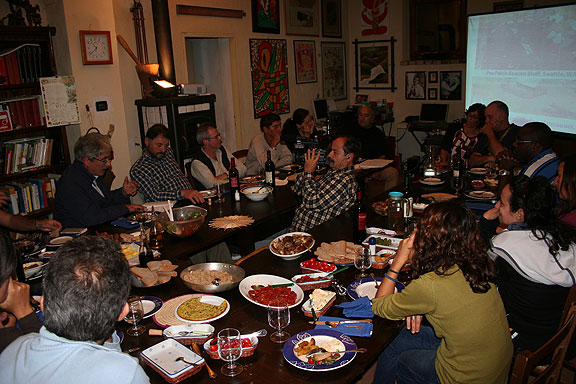
Massimo Rossi lays out his criticisms while Mario films, and Fernanda translates for me in the back right corner.
I really appreciated that they took the time to seriously challenge me, and did my best to offer a nuanced reply. Ultimately, the social subjects who might develop a serious alternative to the current organization of life need time to cohere, to discover each other, to learn to trust one another through practical projects of cooperation. Maybe in Italy there’s more of that kind of “raw material” already on the ground, but I’m not convinced. I think the decomposition of the working class I describe in Nowtopia is very much a part of the story here too, and the precarious workers I’ve met along the way offered a lot of support for that thesis. Moreover, the left as it once was is in a state of precipitous decline, and nothing has yet emerged to take its place. Perhaps the “degrowth” concept has a chance to be a rallying point, a set of ideas that puts quality over quantity, a pleasurable life over a life dedicated to some future and ever receding satisfication. More importantly “degrowth” starts us thinking about the transition process towards using less energy and water, producing less waste and stopping the profligate misuse of resources.
The next day was a chance to sleep late and hang around until about 3 pm when Paolo came, along with a local journalist and former bike racer, Davida, to take a bike ride along the Adriatic coast. Paolo drove me down to the shore at San Benedetto del Tronti, and we rode north along the coast for about 10 kilometers or a bit more, before turning back.
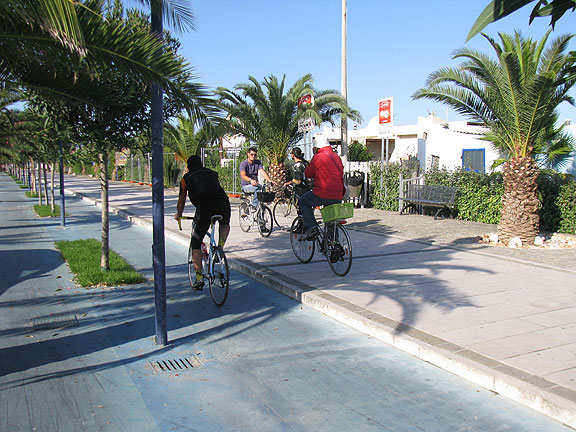
Whoever designed the bike lanes here had some odd ideas, and they get used in haphazard ways as a result.
We returned to the center of San Benedetto to find a small group of cyclists waiting for us to start a mini-Critical Mass ride through town. We soon found ourselves in a group of about 15, cruising slowly through the town to the great annoyance of motor traffic who whenever they could zoomed past us with horns blaring.
We ended at a small vegetarian organic restaurant where after another nice dinner, a meeting was held of the local committee involved in a national campaign to stop the privatization of public water supplies. Massimo Rossi was here too, and I could see he is a skilled political mover and shaker, dominating the meeting with his command of facts, laws, and political strategies. But a good group of about 15, equally divided among men and women, took part, and after a couple of hours of discussion we headed home. I think it’s pretty unusual to have a national referendum on much of anything in Italy, let alone the plans to privatize water. So they got 1.3 million signatures to put it on the ballot and are now gearing up for an election, I think next June.
Thursday was another chance to sleep late and enjoy the slower pace of rural life. We hung around until mid-afternoon when we headed north to a public trade show, mostly focused on print advertising, but ostensibly about other things too. Mario and Fernando’s friend and colleague Maurizio Pallante, founder of Descrescita Felice with them and some others, and author of a half dozen books on degrowth and the politics of conservation, was speaking, and afterwards he was going to come home with us and give he and I a chance to discuss our respective efforts and how they might support each other (or not!). He gave a good talk that reminded me at times of an Amory Lovins presentation (Lovins was a big voice in the 1970s anti-nuke movement who later founded the Rocky Mountain Institute, which is probably best understood as an industrial design consultancy that applies whole systems” almost permacultural” thinking, to factories, machines, transportation, and almost anything you want), and at other times of a GreenFest speech, exhorting folks to reduce their consumption through efficiency. He is a sophisticated advocate though, and he talked about how a lot of jobs would be created by a degrowth agenda, and that relying on GNP was a misguided way of measuring social well-being. Then he emphasized that his agenda is not focused on creating jobs but on changing work itself.
Ding! The connection with Nowtopia was right there.
He also made an important distinction between social goods and merchandise (commodities for sale). A lot of what we depend on are social goods (water, shelter, food, cooperation, etc.) and are only sometimes turned into merchandise. He used the distinction to emphasize a need to reduce our relationship to merchandise and to increase our ability to enjoy social goods outside of the commodity system. I was with him on this.
But when it was over, and we were driving home, I started discussing with him what I felt was a missing piece. Who are the social subjects in this transitional process? It’s not enough to invoke rationality and efficiency. Arguments for more efficient use of resources have been around for a long time and still we go on producing an eco-cidal world. Somehow the mechanism of coercion, and the subjective revolt that might undo its power, is missing from the Descrescita Felice argument. Granted, the addition of Felice, or Happiness, to their organizational name, is a good step, emphasizing as it does pleasure, a good life, satisfaction independent of transactions. But the overwhelming nature of his presentation seemed to hinge on the kind of rational arguments that we already know don’t meaningfully erode the system that keeps us running in place while destroying the planet.
We found a great deal of common ground and I was very glad to have the chance to hear him speak, and discuss his thoughts. I hope we can continue the exchange over the years to come.

At the printing show where we met Pallante, there was a beautiful exhibit of Iranian graphic arts. Here are two of them.
The last day we headed across the Appenine Mountains to Perugia where a technology fair was behing held. We took a long somewhat leisurely ride to get there, including stopping off in the national park of Mt. Sibillini and in the glacial valley where Castellucio sits, far from the country’s population centers. We stopped of in Norcia too, a famous town in the heart of Italy, where Mario crazily bought me a jar of black truffles! Yum!
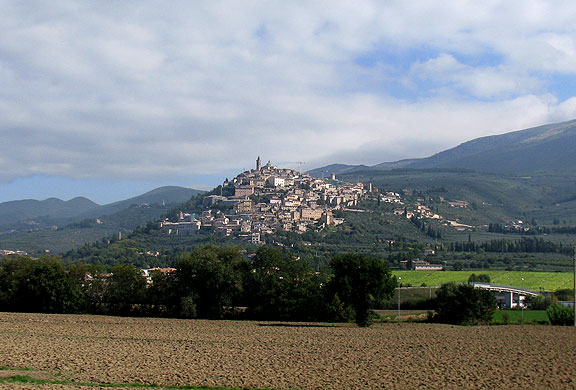
After descending from the mountains we passed Trevi and other fantastic towns perched on the hills of Umbria.
In Perugia, it was quickly apparent to us that the technology conference we came for wasn’t super interesting. A local politician blathered from the stage inside an ancient stone building.
We decided to spend our last hours together walking around in old Perugia, seeking a view, and finding a good lunch.
We went down an alley at Fernanda’s suggestion and came upon a gorgeous garden restaurant but it was closed. As we returned to the main street, I looked back at them and noticed that the storefront, an unassuming place that looked like a small nondescript restaurant or bar, had the same sign on it, and Fernanda immediately struck up a conversation with the young men at the doorway. One was the proprietor and the other a musician who would be playing later that night. The proprietor gladly opened the garden for us, and spent some time showing us how it’s an urban garden, full of pepperoncini, bell peppers, tomatoes, a great variety of fresh spices, and some fruit too. Wow! It was so beautiful, the sun shining, sitting in the garden under ancient medieval walls… the place is apparently owned by the local church and its priest encouraged its use as a restaurant. Lucky us!…
We finished our time together sitting and talking, imagining plans for future rendezvous perhaps in other countries altogether! We’ll see. For sure, we’ll meet again!

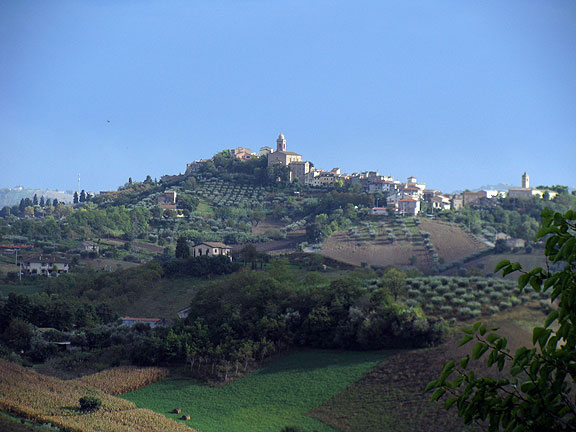
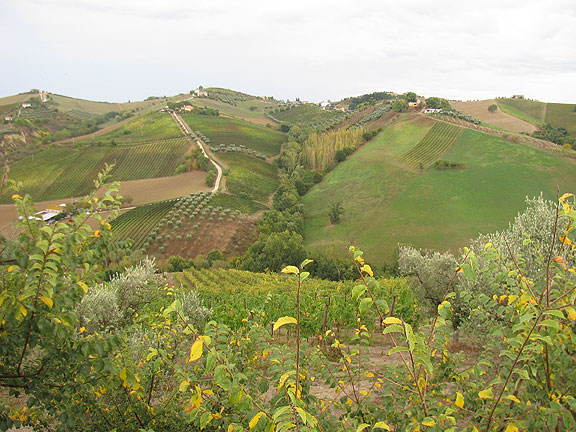
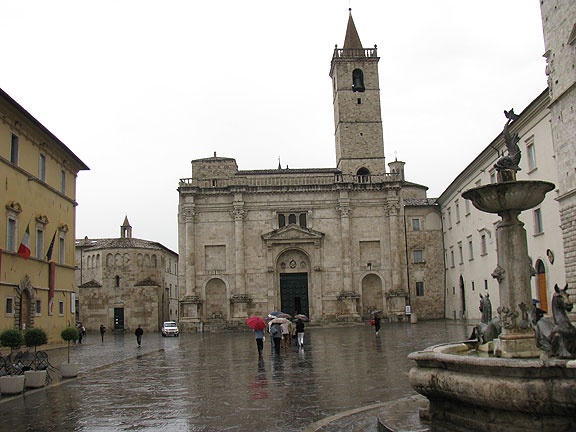
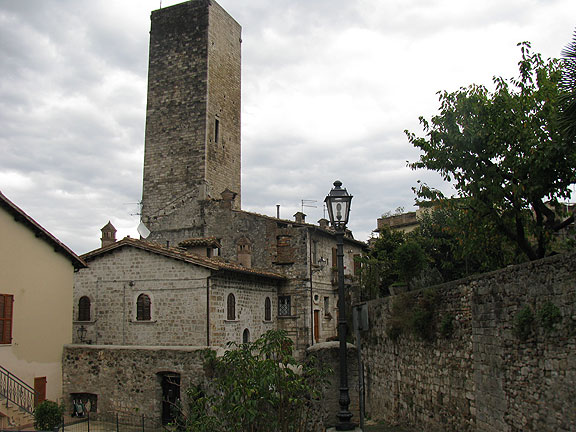
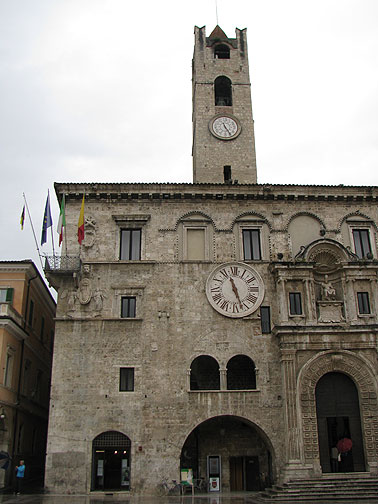
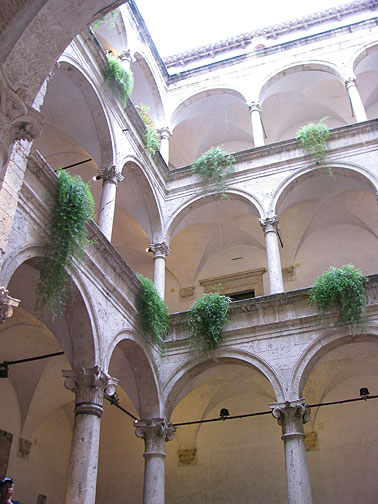
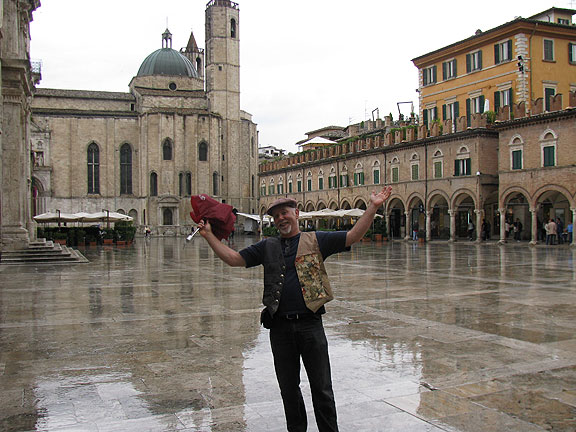
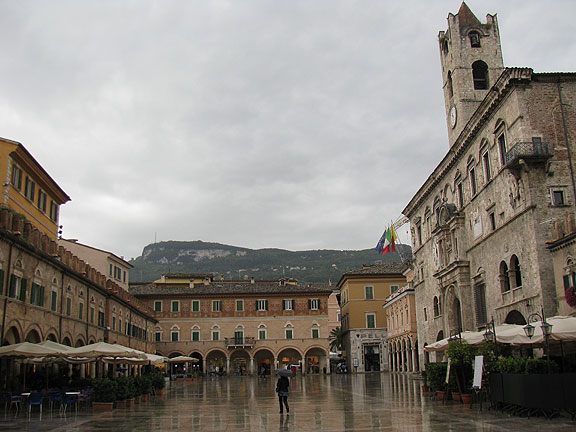
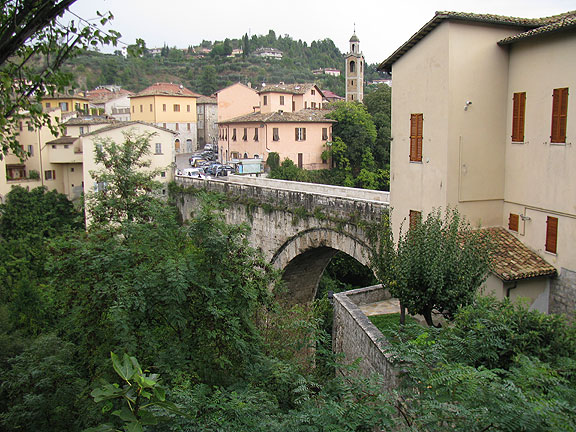
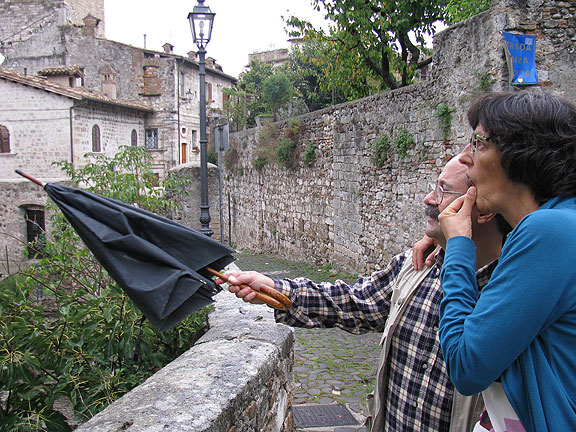
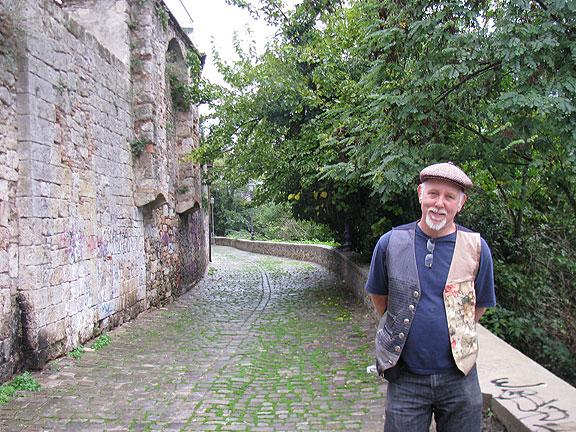
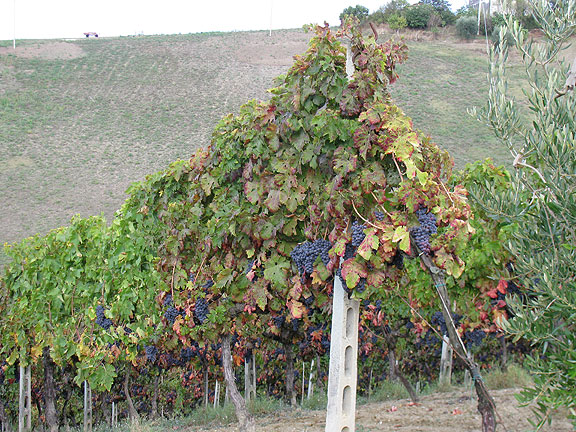
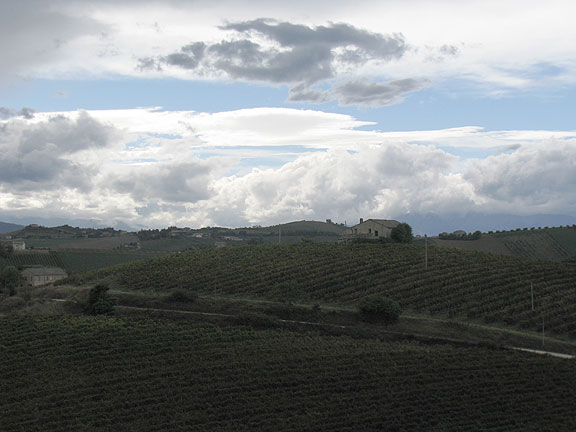
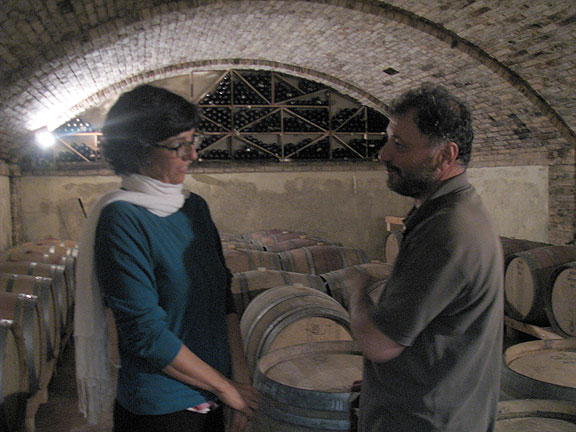
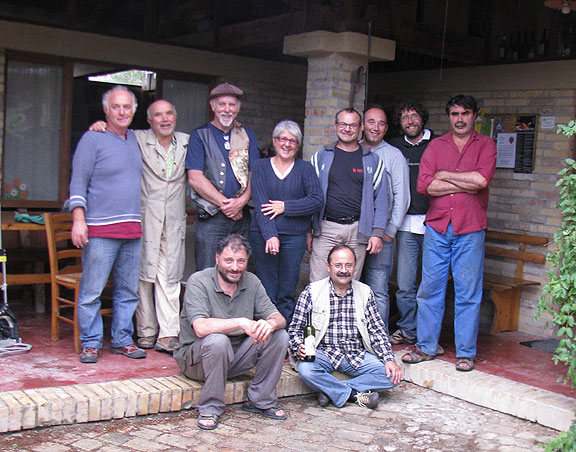
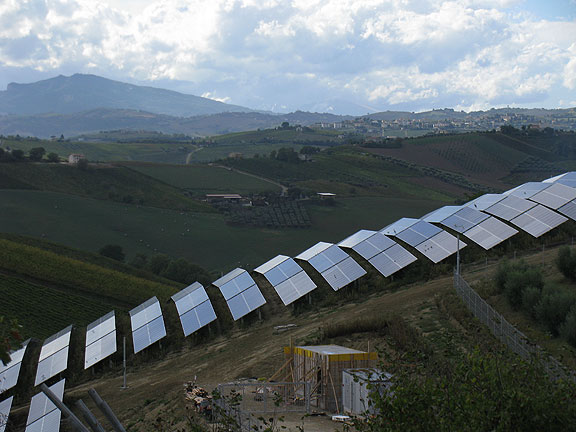
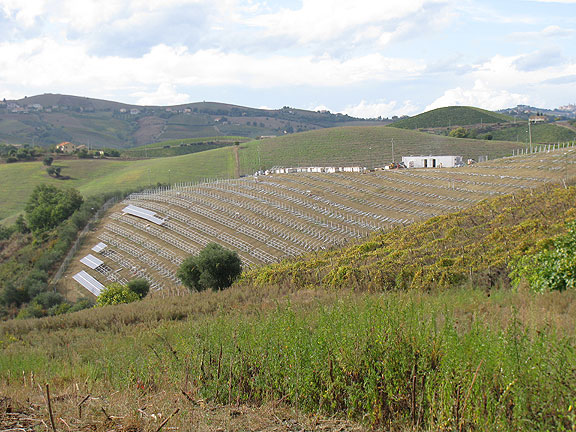
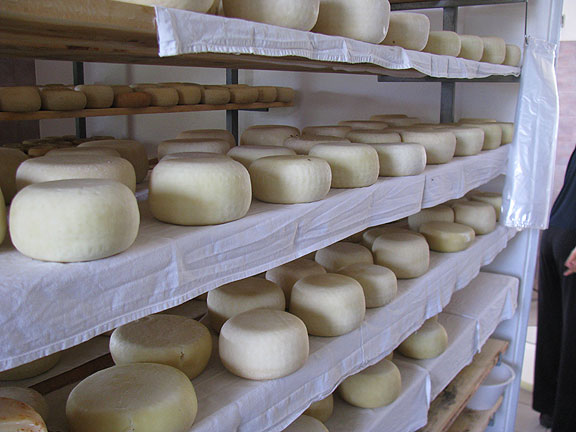
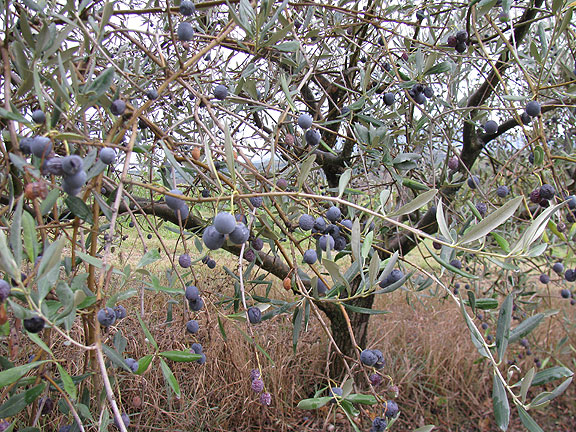
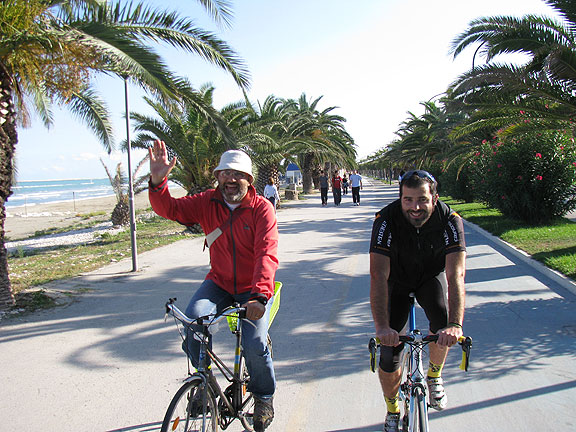
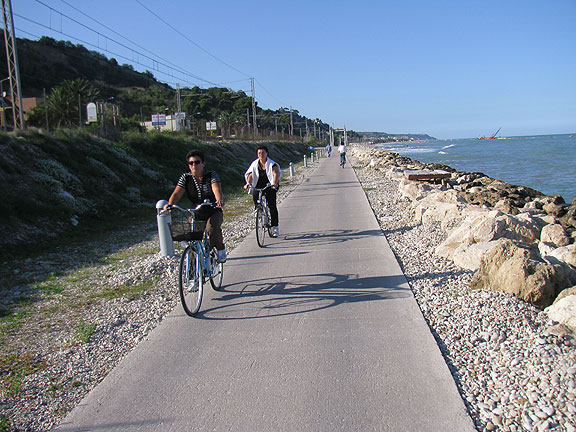
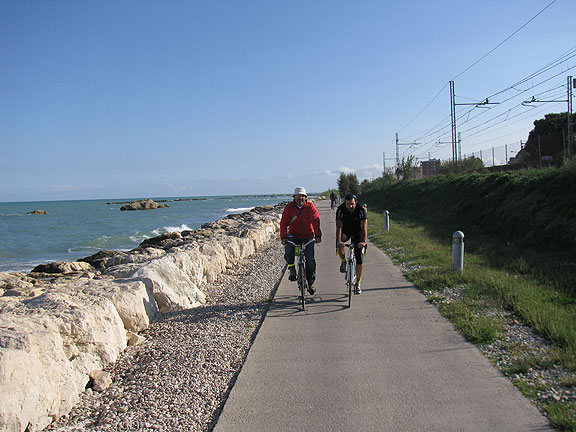
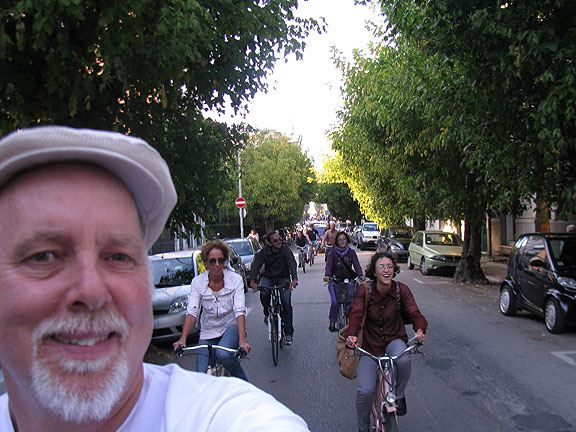
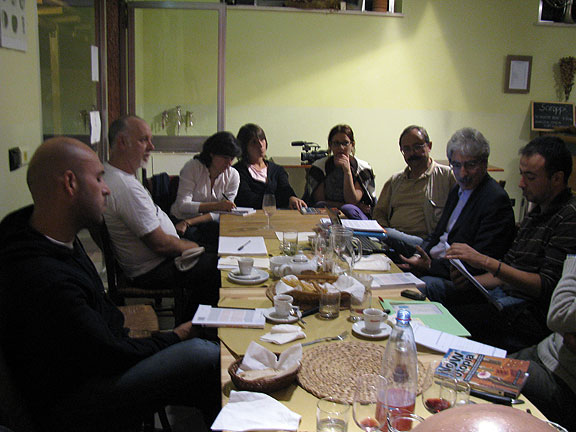
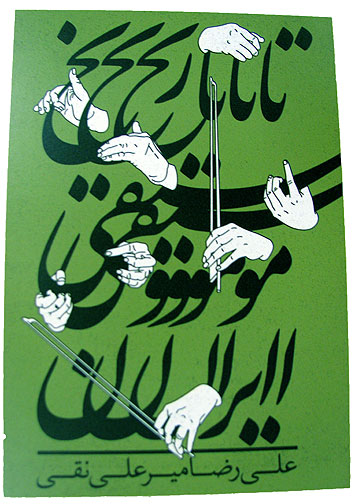
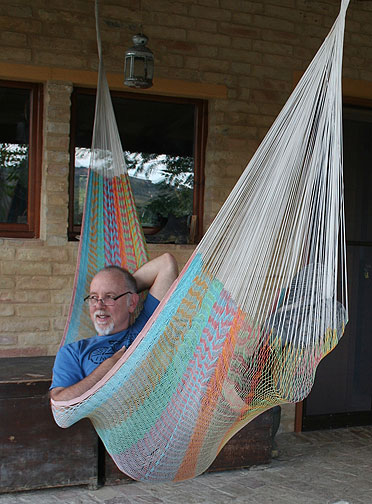
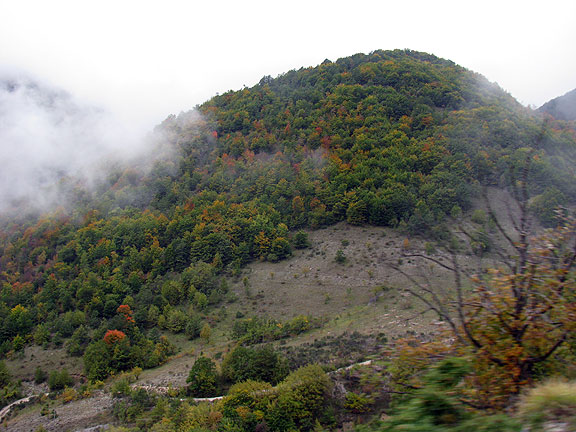
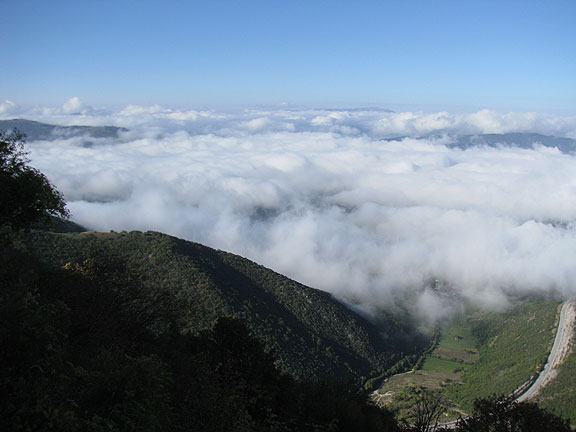
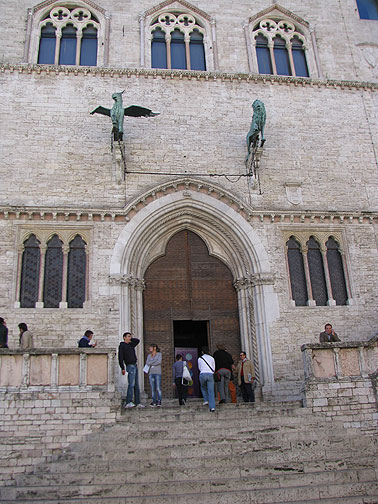
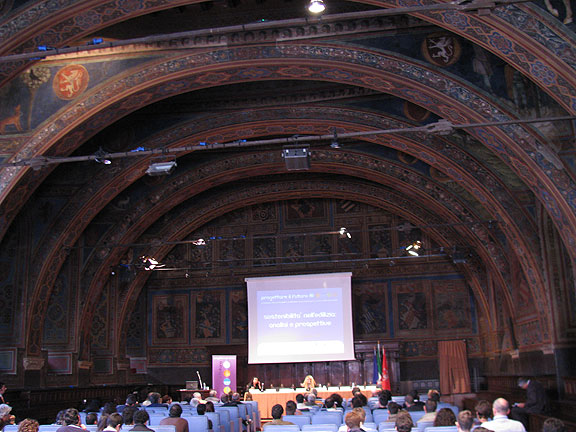
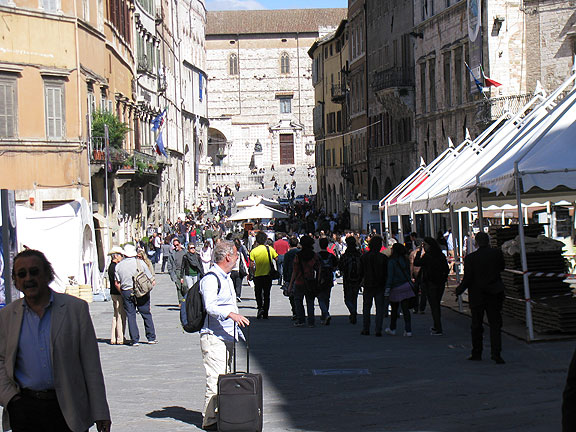
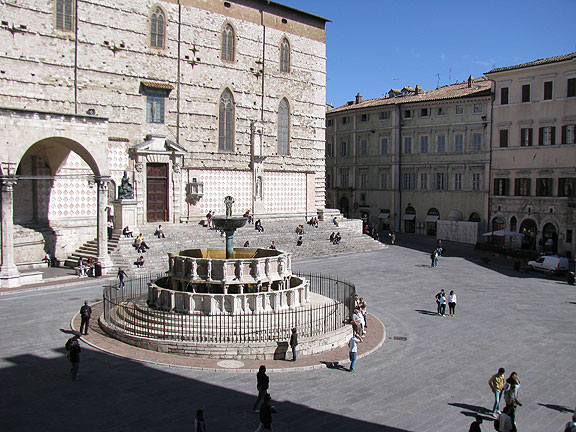
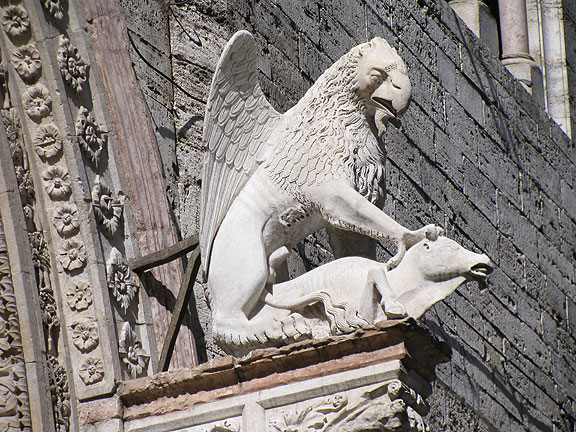
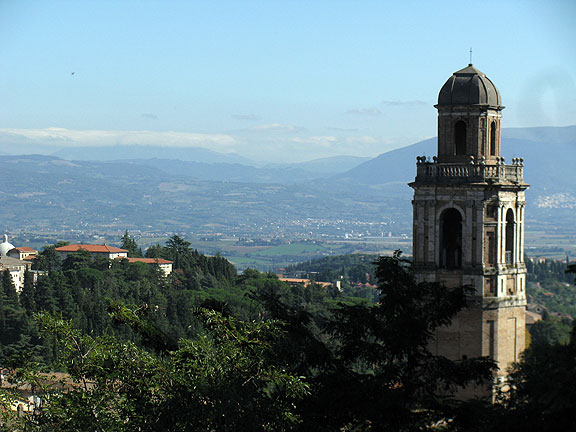
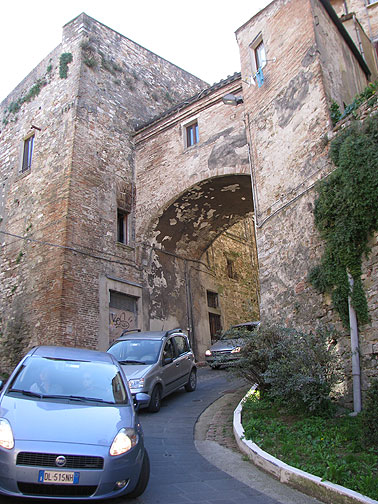
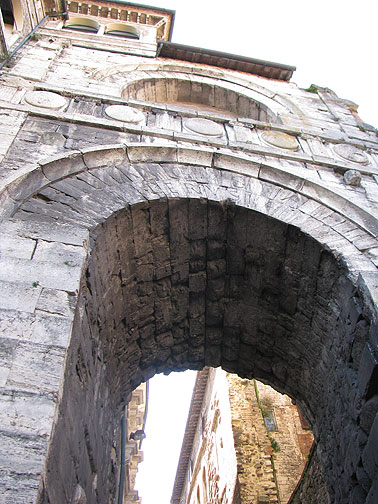
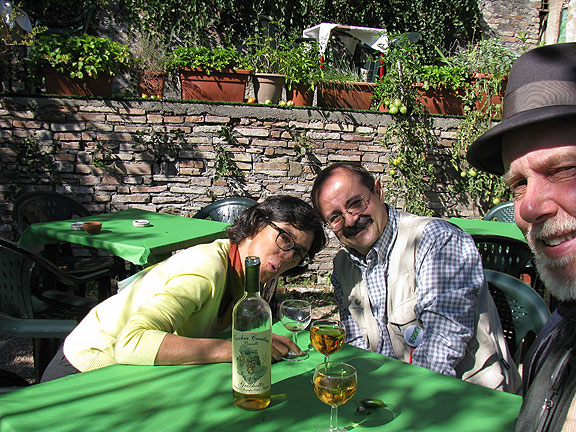
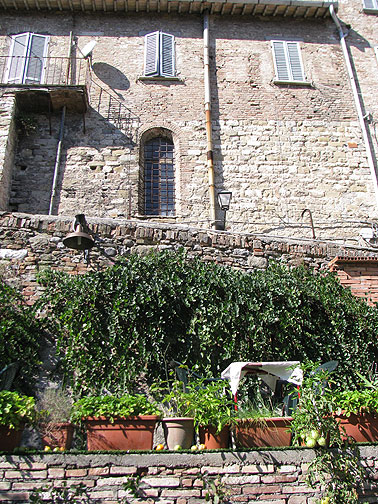
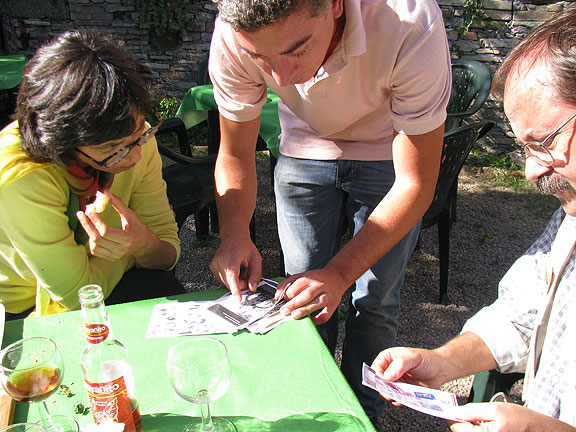
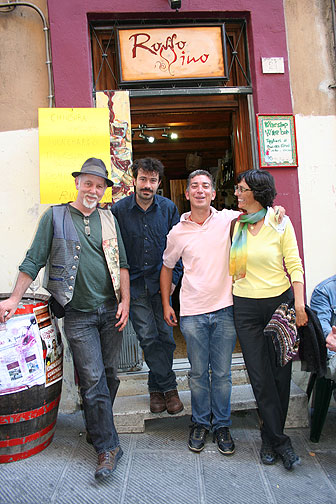












Amory Lovins is complicated. For sure he’s delusionally pro-capitalism at this point, imagining that his future of negawatt profits is already happening, and that efficiency will just wipe out obsolete technologies all by itself. Were that it true! But he’s not so easy to dismiss as a simple greenwasher either, because his work and that of his institute represent some really important whole systems re-engineering of modern technologies in ways that we’ll be really glad to build on in a post-capitalist future. So I think he’s frustratingly naive in his self-aggrandizing promotion of market-based techno-environmentalism, or perhaps deeply cynical (seems unlikely), but in any case, he’s doing useful work while promoting the worst kind of ideological mystifications… I queried Maurizio Pallante on these very concerns and found his answers quite sound. He may be committed to a similar efficiency-based argument for the moment, but when pressed, he’s clear that the endless growth of markets and commodity capitalism are the problem and not an avenue through which solutions will just appear as if through evolutionary superiority…
thanks, as always, for your comments. Much appreciated!
Fascinating travelogue and sets of pictures – reading them is kind of creepy, as in it’s something like spying, but I do take the work seriously – the photos are, as the first comment said, pretty unbelievable.
That said, I have read Amory Lovins as a greenwasher par excellence, who has parlayed some scientific knowledge into an ersatz pro-corporate, pro big Market and Big Institution career advising these monoliths how to green up a little for the gullible public – all the while selling a bogus hydrogen Jetsons future and little pious “efficiency” snake oil.
But hey, that’s just off some reading, nothing more – perhaps he’s Joe Permaculture for all I can find out.
ovwerwhelmed by beauty